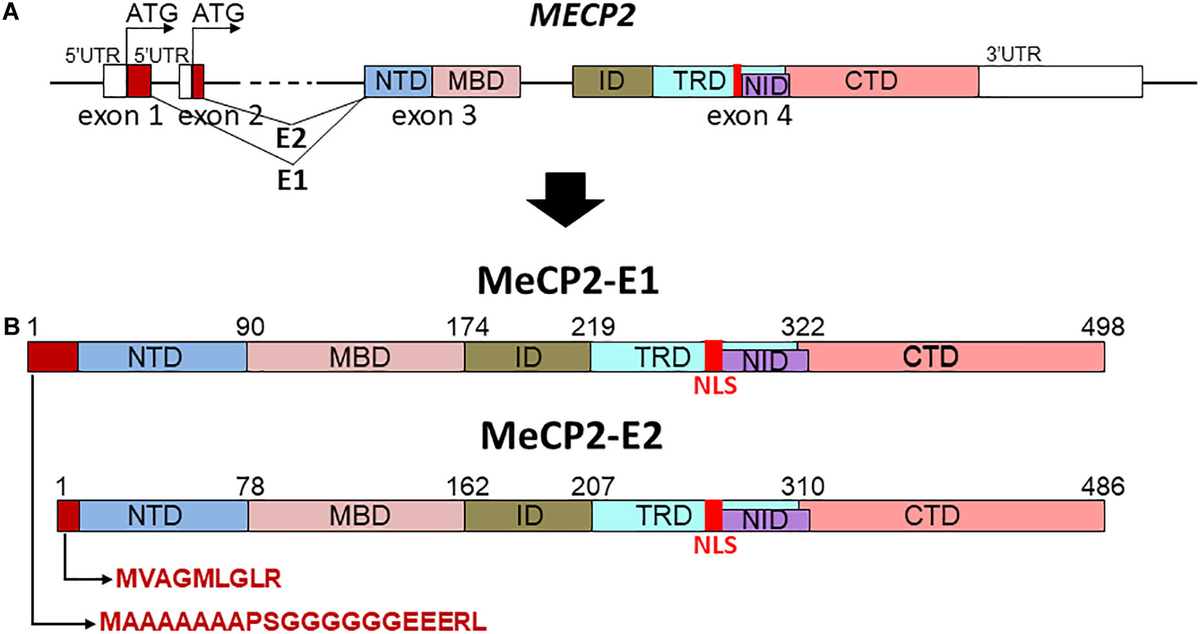Overview of Rett Syndrome
Rett syndrome is a rare genetic disorder that predominantly affects girls, with an incidence of approximately 1 in 10,000 births. It is caused by mutations in the MECP2 gene located on the X chromosome, leading to a range of cognitive and physical impairments, including:
- Repetitive hand movements
- Speech difficulties
- Seizures
- Impairments in various organ systems, including digestive and immune functions
Recent Breakthrough in Treatment
A multidisciplinary research team at the Wyss Institute at Harvard University has made significant progress in developing a treatment for Rett syndrome using an AI-driven drug discovery approach. Their study has identified vorinostat as a potential therapeutic agent, demonstrating:
- Superior disease-modifying effects compared to trofinetide, the only currently approved treatment.
- Effectiveness across multiple neuronal and non-neuronal tissues in preclinical models.
Rapid Drug Repurposing
Vorinostat, already approved by the FDA for treating a blood disorder, is being repurposed by the startup Unravel Biosciences. They plan to initiate a proof-of-concept clinical trial involving:
- 15 female patients with Rett syndrome in Colombia.
- An “n-of-1 trial design” to tailor treatments to individual patient needs.
Innovative Drug Discovery Method
The discovery of vorinostat was facilitated by the nemoCAD computational pipeline, which predicts drug candidates based on changes in gene networks rather than targeting specific molecules. This approach has proven to be:
- Fast and effective in identifying potential treatments.
- Applicable to other diseases with unmet medical needs.
Animal Models and Future Directions
The research team created a small animal model using Xenopus laevis tadpoles, employing CRISPR technology to mimic the genetic mutations associated with Rett syndrome. This model allows for:
- Analysis of gene expression changes across multiple organs.
- Validation of drug candidates in vivo, leading to rapid identification of effective treatments.
Conclusion
The identification of vorinostat as a potential treatment for Rett syndrome marks a promising step forward in addressing this complex disorder. The innovative use of AI in drug discovery and the development of tailored clinical trials could pave the way for effective therapies for Rett syndrome and other challenging conditions.
